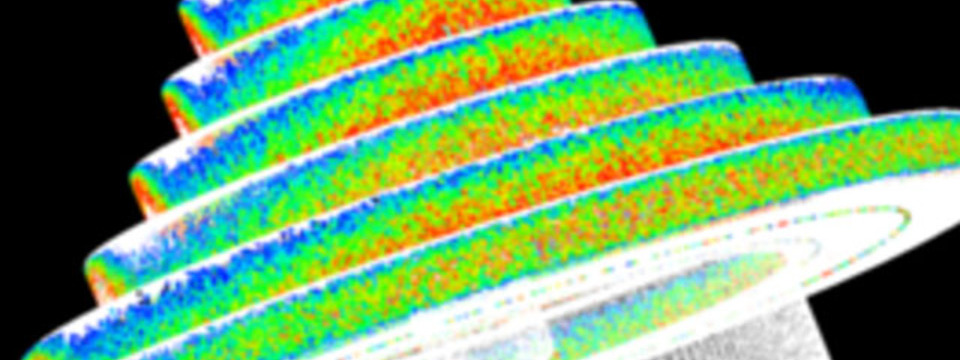
Non-destructive testing

Tabbed contents
Expertise
The non-destructive testing techniques of computed tomography (CT) and thermography offer decisive advantages in the field of quality assurance.
CT makes it possible to fully record a component in 3D with all its internal geometric features and structures without damaging it in any way. As a result, a material inspection and a complete 3D measurement of the component can be carried out in one data set. Thermography, on the other hand, with different types of excitation, is a fast and non-destructive testing method that can be integrated into the process.